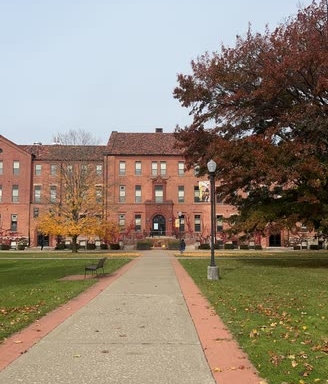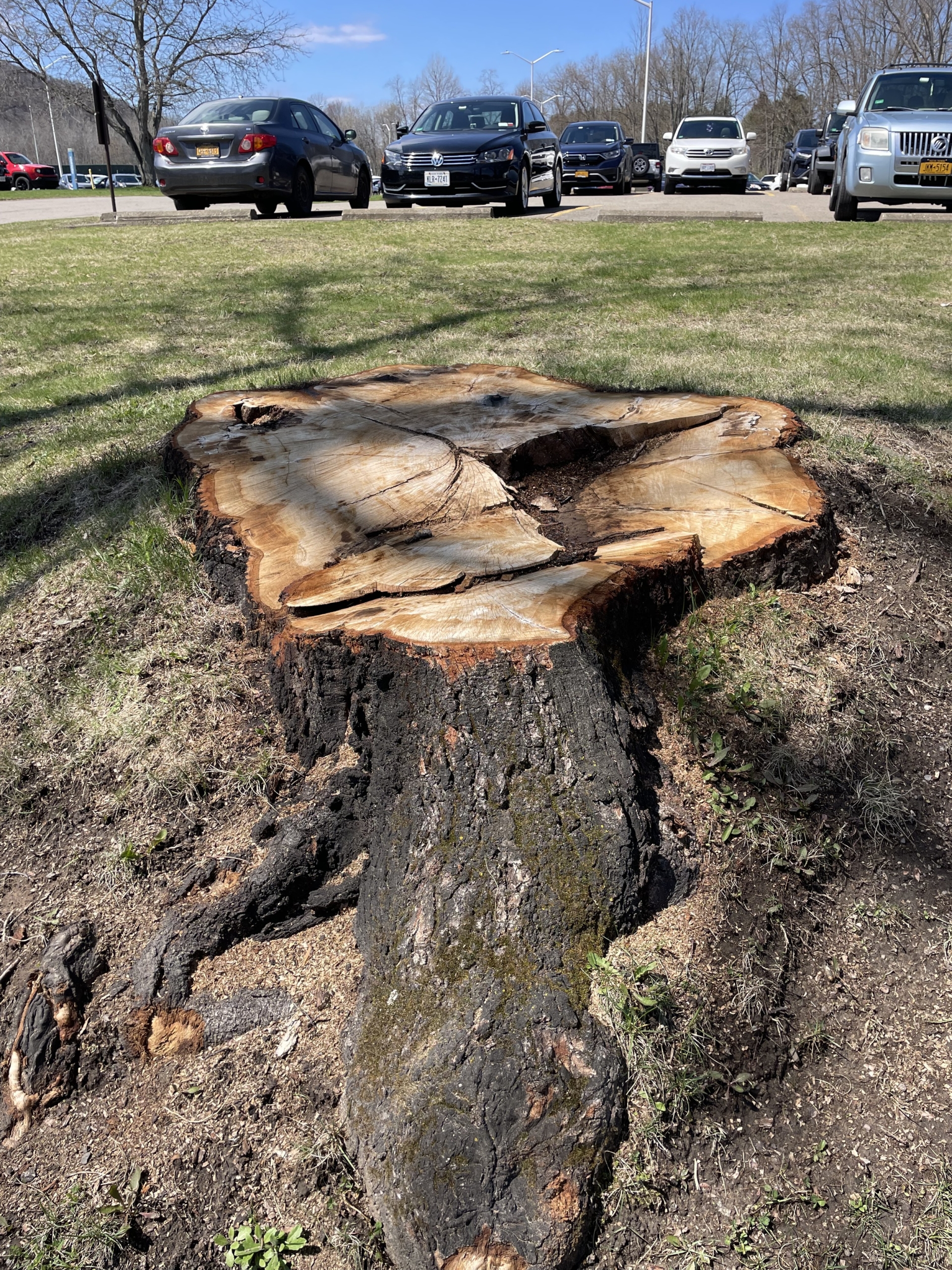By Lian Bunny
News Assignment Editor
St. Bonaventure’s Academic Program Evaluation Committee (APEC) is an organization that assesses student learning in every department and school on campus.
Starting in 2009, the program analyzes what students should be learning, whether students are meeting learning objectives and how to enhance student learning. The committee conducts their examinations at least three times a year.
APEC’s assessments are conducted on an annual cycle. According to Dr. Michael Fischer, provost and vice president for academic affairs, the last annual report was received in the spring of 2014. Fischer expects another report in the spring of 2015.
According to Fischer, these reports allow for changes on a university-wide level.
“In its final report each year the committee indicates areas with the greatest needs for additional resources. We take those recommendations very seriously in our university budgeting work, and have been able to fill the majority of what the committee has identified as the highest priority needs.”
In recent years, there has been increased attention given to academic programs and individual courses with relatively low enrollment, according to Fischer. Because of this, several academic programs have been discontinued and the university is approaching course scheduling more carefully.
Fischer and the deans of the different schools are currently working to determine specific minimum and average class sizes, Fischer said.
“The registrar, faculty, department chairs, deans and I spend a very significant amount of time in the preparation of schedules for the next semester’s classes as well as during and after each registration period,” Fischer said. “Through this process our paramount goal is to ensure that our faculty are scheduled as effectively as possible to meet the course needs of our students.
The increase in information systematically available in recent years, including but not limited to that provided through the APEC process, has enabled us to be more effective in our scheduling.”
According to Fischer, there have been a total of 11 academic programs approved for suspension or discontinuance in the recent years. Of these programs, seven have been undergraduate majors (business information systems, gerontology, social science, computational physics, environmental science, physics—biophysics, and pre-engineering), three undergraduate minors and one graduate degree program (Franciscan studies).
Average class sizes during the fall 2014 semester are between 17 and 18 students. The average class sizes have been decreasing in recent years as overall enrollment has declined, Fischer said. The Faculty Senate has recently endorsed the student-to-faculty ratio to return to between 14-to- and 15-to-1.
“The academic deans and I are currently analyzing the impact of this return to our historical student to faculty ratio on measures such as class sizes,” Fischer said. “I estimate a return to average class sizes of approximately 20 students will enable us to meet this benchmark. This would be a modest increase from the overall class sizes of the past several years, and more in line with our historical averages; and still enable us to provide the benefits of small class sizes and personal attention for which we have always been known.”
Fischer is currently surveying comparable colleges and universities in Bonaventure’s region to reestablish standard minimum class sizes. According to Fischer, the typical minimum is eight to 12 students.
The APEC reports are available to faculty and staff through my.sbu.edu. According to Fischer, the information is not public beyond the faculty and staff who need access for decision making purposes.
A similar on-going assessment is also taking place in the administrative areas of the university in accordance to the Institutional Assessment Plan, according to Fischer. The plan itself has been evaluated and revisions were approved in the spring of 2014.
“This revision was intended to incorporate current best practices in institutional assessment into our approach that was then over a decade old,” Fischer said.
The revisions were made to be more deliberate and explicit regarding the integration of institutional assessment into the regular cycle of work and decision making, according to Fischer. When the previous IAP was developed, the APEC process did not exist.
When asked about evaluations on the university’s top officials, Fischer said the information is recorded, but not public knowledge.
“The APEC process involves assessment of academic programs, not individuals. Evaluations of personnel at all levels of the University are regularly undertaken and documented; e.g., of the faculty, hourly workers, administrative staff, deans, president’s cabinet members and the president,” Fischer said. “However, the evaluations of individual employees are not currently made public.”




